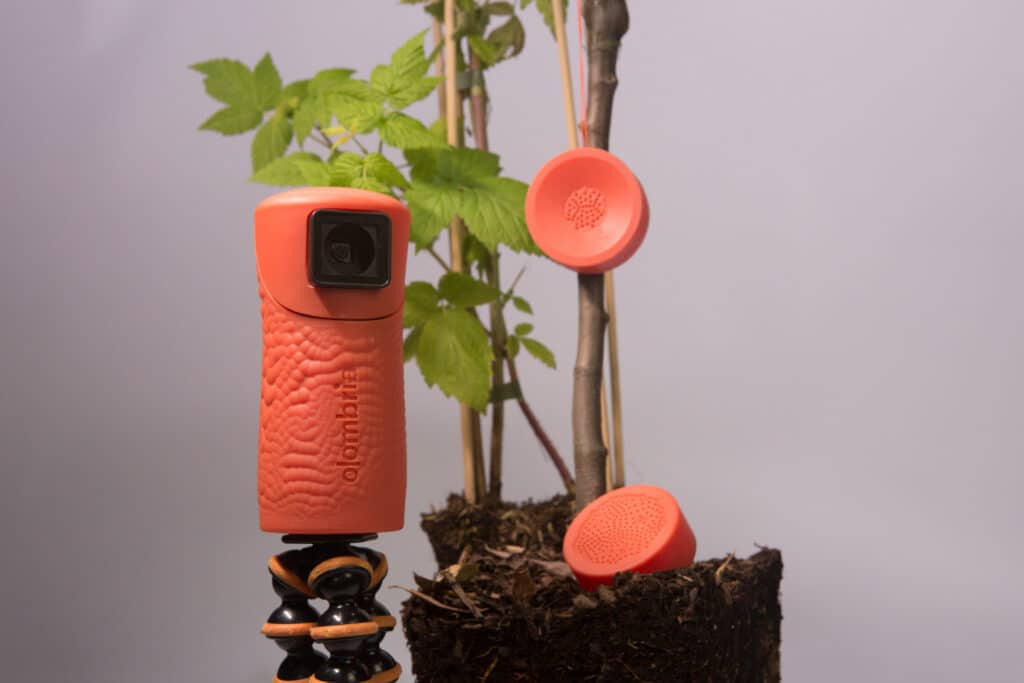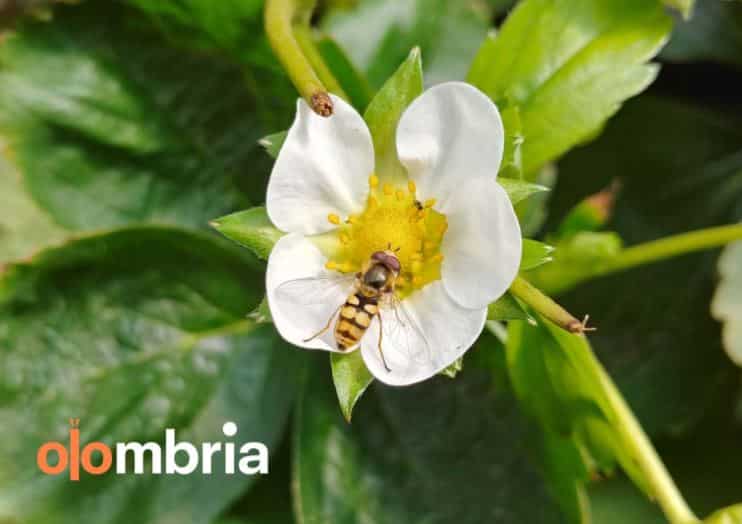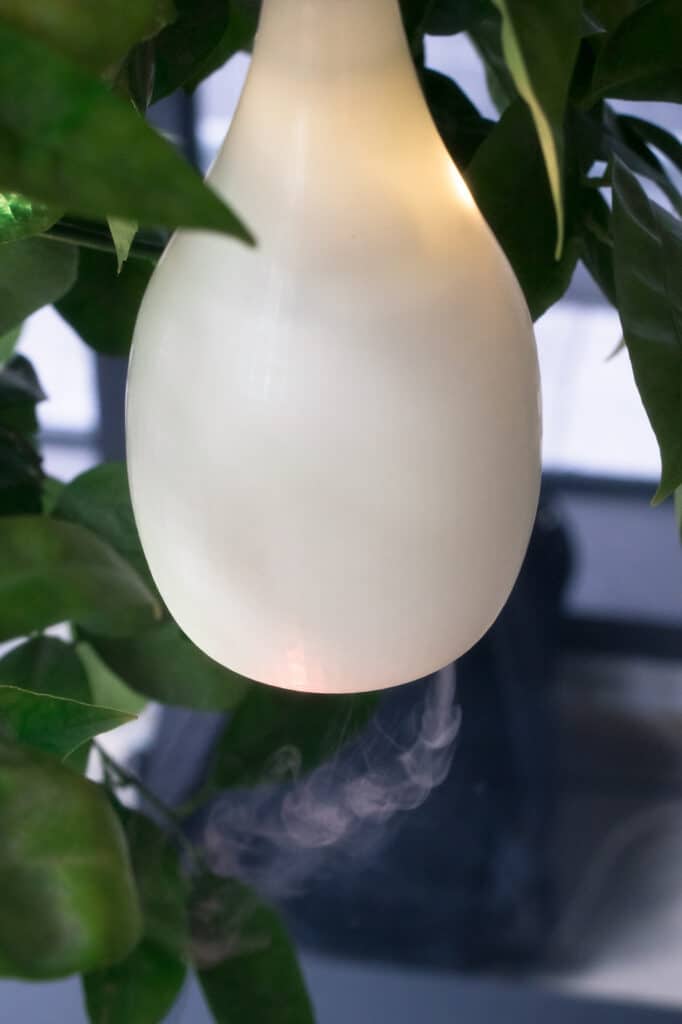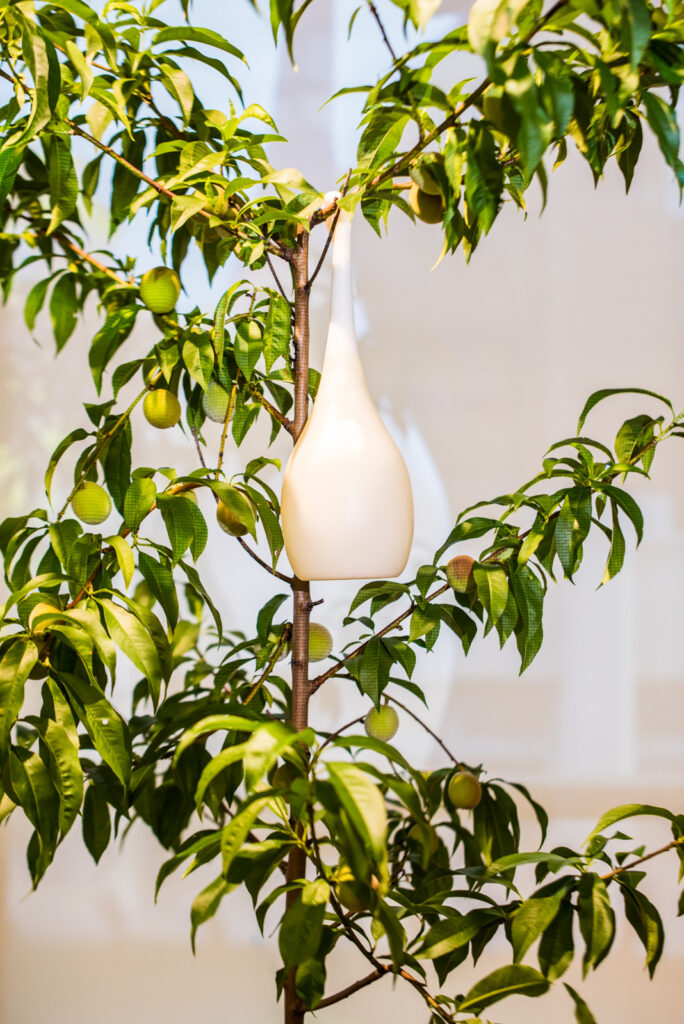Can Flies Be Lured to Do the Bees’ Job?
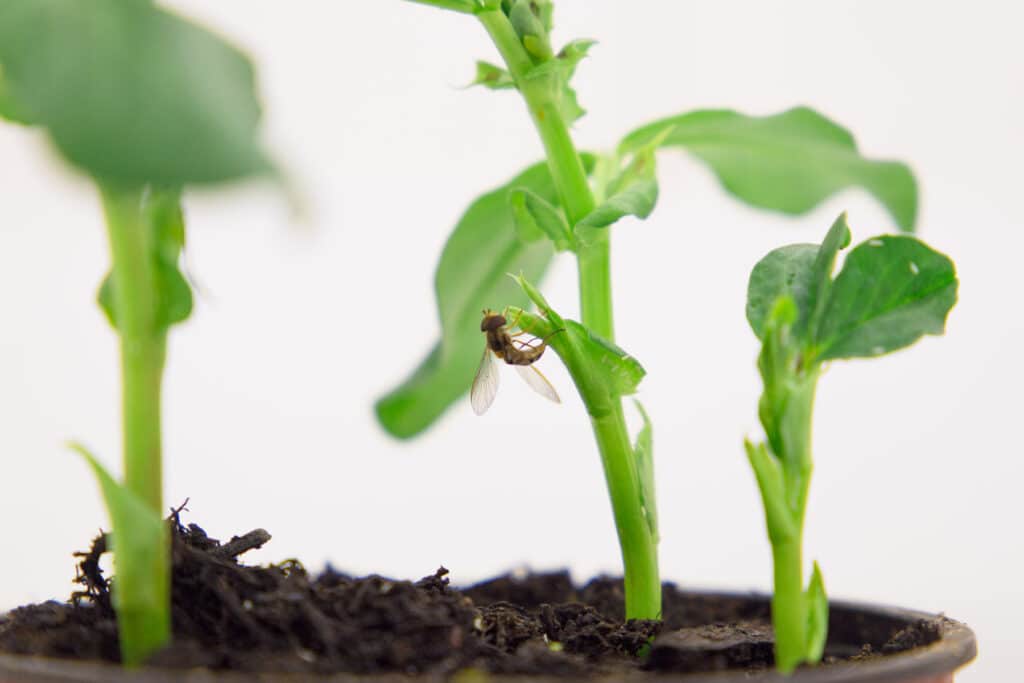
VISION: With bee populations declining around the world, flies could be “trained” to pollinate flowers, ensuring that crops and fruit-bearing trees continue to thrive.
TEAM: Greg Orrom Swan, Louis Alderson-Bythell, Tashia Tucker, Sam Roots
SCHOOL: Royal College of Art, 2017
Olombria is an agricultural technology that encourages flies to be more efficient pollinators, allowing them to assist bees in the process of fertilizing crops.
Around the world, insects pollinate approximately 75% of crops. But the largest group of pollinators, bees, have seen their numbers decline significantly—possibly due to industrial agriculture, pathogens, reduced habitat, and a changing climate. Flies already play a major role in pollination, accounting for about 30% overall, and even more in cities. In addition, flies make more visits to flowers than bees, although the chances of a visit resulting in successful pollination is lower.
The largest group of pollinators, bees, have seen their numbers decline significantly around the world. Could flies be a potential replacement?
Using special chemicals called pheromones, Olombria first draws flies to a cluster of flowers, where they will pick up pollen on their feet and bodies. Then, remote-controlled releases of pheromones are used to lure the cloud of flies across the field, depositing pollen in the flowers they find. Nodes of timed-release pheromone spray, distributed throughout the farm, enable this cloud of flies to be shepherded from one region to another, moving pollen between all the blossoms that are in flower at that point.
If we’re forced to consider a world with declining numbers of bees capable of pollinating crops, Olombria seeks to ensure both efficient pollination and harvests in the future.
The team received seed funding in 2017 to turn their project into a company that is now based in London. The system is being piloted at strawberry farms in the United Kingdom and the United States. “To make this a reality, we worked hand-in-hand with fly specialists to test and select the appropriate fly species; chemical ecologists to formulate the pheromone mist; and programmers to create a proprietary algorithm to identify, count, and categorize pollinating species,” said Tashia Tucker, Olombria’s CEO.
